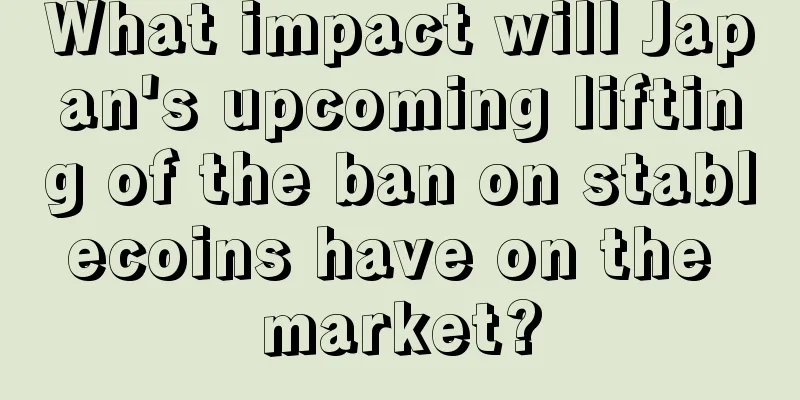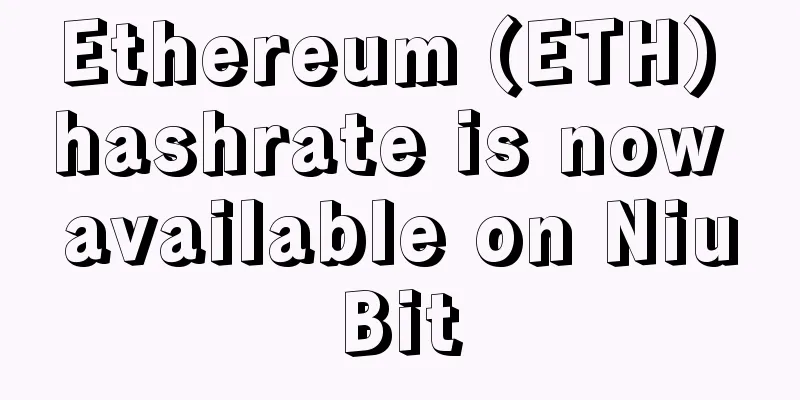What impact will Japan's upcoming lifting of the ban on stablecoins have on the market?

|
Hong Kong is not the only country that is promoting the development of Crypto from a policy perspective. Just yesterday, Japan implemented the revised "Fund Settlement Law" and defined stablecoins as a new "electronic payment method", further clarifying the status of stablecoins in the Japanese legal framework and formulating detailed rules to regulate the issuance and use of stablecoins in Japan. What changes and opportunities will the implementation of this policy bring to the market? Details of the billSimply put, the revised "Funds Settlement Law" divides digital currencies into "quasi-digital currency" and "crypto assets". The focus of this revision of the bill is to separate the former - stablecoins such as USDT that are exchanged for legal tender are included in the "quasi-digital currency" type and classified as foreign exchange transactions. Therefore, the issuers of such stablecoins will be limited to domestic banks, transfer service providers and trust companies, and the new regulations have clearer provisions for issuers and agents. Only agents who have obtained electronic payment licenses can participate in the issuance of such stablecoins. For stablecoins issued overseas, supervision is mainly done through agents in Japan. During this period, agents are obliged to protect customers' assets, and the Financial Services Agency can ask them to provide transfer records for inquiry from the perspective of anti-money laundering. Algorithmic stablecoins are classified as "crypto assets" and are managed in the same way as other digital currencies. For detailed information on the "Funds Settlement Law", please refer to the official website link. Industry attitudeIn fact, as early as a few months ago, banks in Japan have already participated in stablecoin-related businesses. On March 2, GUTechnologies announced that it would cooperate with Shikoku Bank, Tokyo Kiraboshi Financial Group and Minna no Bank to carry out stablecoin experiments and issue stablecoins on Japan Open Chain through the management and issuance system it developed. Mitsubishi UFJ Trust announced on the 28th of that month that it had established a technical alliance with Datachain and was conducting a "PVP payment" trial in order to enable mutual transfers and exchanges between various stablecoins issued domestically in the future. It is not difficult to see that traditional finance is generally open and positive about the new stablecoin regulations, and is actively cooperating with companies in the Web3 field to explore future business in this area. Their participation also provides reliable support and credibility endorsement for the promotion and use of stablecoins in Japan. The latest attitudes towards stablecoins in other regionsThe U.S. House of Representatives held a stablecoin hearing on May 18, and the Republican and Democratic parties had a fierce debate on the draft stablecoin bill, with the main focus of the conflict being state and federal regulatory power. The bill promoted by the Republicans advocates allowing stablecoin operators to choose to register in any state without going through the Federal Reserve Board, and that states can freely set their own standards; while the Democrats advocate that the Federal Reserve System play a leading role and have the final say, and require issuers to comply with more terms to regulate the industry. The two sides have not yet reached a final consensus. The EU will formulate and implement detailed rules for MiCA (EU Crypto-Asset Market Regulation) in the coming months, which also puts forward a series of conditions for stablecoin issuers, including obtaining official licenses and having certain reserves. In addition, the chairman of the European Banking Authority stated last month that "central banks should have the right to veto the widespread introduction of so-called stablecoins" and that "all issuers will be subject to a strong authorization and regulatory framework." ConclusionThe lifting of the ban on stablecoins will bring new opportunities to Japan's local Crypto market, and the stablecoin business dominated by traditional finance will undoubtedly be easier and more convenient to regulate and promote. This also brings new challenges to these institutions. How much impact can the revised laws have on the market? |
<<: How is the Move2Earn game, which was very popular in 2022, doing in 2023?
>>: The non-farm report is mixed, and the Fed may still pause the interest rate hike in June
Recommend
Where are the moles on which part of the body will make women rich?
In mole physiognomy, there are good moles and bad...
Is the "川" pattern between eyebrows a blessing or a curse?
As we all know, people will get wrinkles once the...
Is long nasolabial folds a sign of great wealth? Will it bring good luck?
An extremely noble face is very rare. People with...
Analysis of the cheating coefficient shown by facial features of women cheating in marriage!
With the continuous development of society, some ...
A U-turn? The UK announces an investigation into Bitcoin
It is reported that the UK is investigating digit...
With total asset management scale reaching a new high of US$9.1 billion, how will Grayscale Trust contribute to the digital future?
In the past week, Bitcoin has performed very well...
What kind of face will a woman be favored and destined to be loved by her husband?
For a woman, marriage is a lifelong career. To ma...
Man buys Bitcoin for $27, and the price soars to $866,000 four years later
According to the website of Taiwan's Eastern ...
Palmistry of a woman who works hard in marriage
How to know marriage and relationship by reading ...
The length and state of the marriage line in palmistry can tell your marriage fortune
The length and state of the marriage line in palm...
The first decentralized Fintech trading platform
Cryptocurrencies! Don’t you love them yet? This y...
What does a mole on a woman's left palm mean?
Everyone has moles on their body. Many people hav...
What kind of woman's face means she will have a good life and be rich
Want to have a good life and be rich all your lif...
Palmistry Diagram: Black Spots
Palmistry Diagram: Black Spots When there are bla...
Is a fork inevitable as the Ethereum merger is imminent?
We have talked a lot about Ethereum 2.0, from the...









